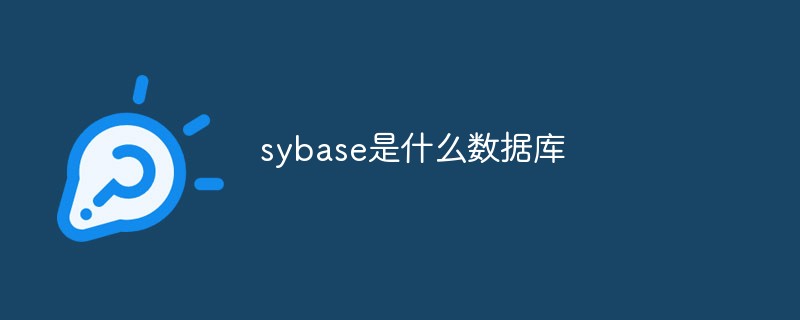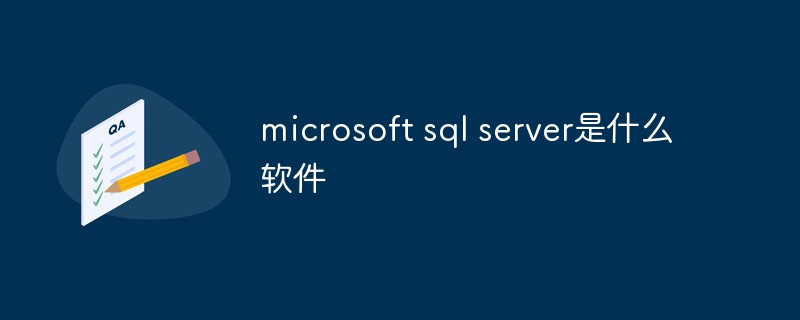
Exploration and practice of high-performance Java database optimization
Abstract:
With the increase in data volume and the complexity of application scenarios, the performance optimization of Java databases has changed. is particularly important. This article will study and explore some common techniques for Java database optimization, and provide specific code examples to help readers practice.
- Index optimization
Index is an important tool to speed up database queries. We first need to analyze frequently queried fields and create indexes for them. However, too many indexes can cause performance degradation, so there are trade-offs to be aware of. A common optimization strategy is to use a covering index, which only uses the index without querying the data in the table.
Sample code:
CREATE INDEX idx_name ON table_name (column_name);
- Partition table
Partition table is a technology that divides data into several independent physical parts according to specific rules. This technique can improve the efficiency of data queries, especially when dealing with large data volumes. We can partition the data based on date, range, or other business needs.
Sample code:
CREATE TABLE table_name
(
column_name data_type,
...
)
PARTITION BY RANGE (column_name)
(
PARTITION partition_name VALUES LESS THAN(value),
...
);- Batch operation
When frequent database operations are required, using batch operations can effectively improve performance. For example, batch inserting data can reduce the number of interactions with the database, thereby reducing network latency and database load.
Sample code:
String sql = "INSERT INTO table_name (column1, column2, ...) VALUES (?, ?, ...)";
PreparedStatement pstmt = conn.prepareStatement(sql);
for (int i = 0; i < data.size(); i++) {
pstmt.setString(1, data.get(i).getColumn1());
pstmt.setInt(2, data.get(i).getColumn2());
...
pstmt.addBatch();
}
pstmt.executeBatch();- Cache optimization
Cache is a common performance optimization method. By caching frequently used data in memory, frequent database accesses are avoided, resulting in reduced latency and improved response times. You can use a third-party caching framework, such as Redis or Ehcache.
Sample code:
Cache cache = cacheManager.getCache("cache_name");
Element element = cache.get(key);
if (element == null) {
// 从数据库中查询数据
...
// 将数据缓存到缓存中
cache.put(new Element(key, data));
}- Database connection pool optimization
Database connections are limited and valuable resources, so rational use of connection pools can improve database performance. The connection pool can manage the creation, recycling and reuse of database connections, reducing the overhead caused by connection establishment and closing.
Sample code:
DataSource dataSource = new ComboPooledDataSource(); Connection conn = dataSource.getConnection(); ... conn.close();
Conclusion:
This article introduces some common techniques for Java database optimization and provides specific code examples. By rationally using index optimization, partition tables, batch operations, cache optimization and database connection pool optimization, we can improve the performance of Java databases and meet the needs of different scenarios. However, in order to achieve the best performance, continuous testing and adjustments are still required according to the specific situation.
The above is the detailed content of Exploration and practice of high-performance Java database optimization. For more information, please follow other related articles on the PHP Chinese website!
 深入理解MySQL索引优化器工作原理Nov 09, 2022 pm 02:05 PM
深入理解MySQL索引优化器工作原理Nov 09, 2022 pm 02:05 PM本篇文章给大家带来了关于mysql的相关知识,其中主要介绍了关于索引优化器工作原理的相关内容,其中包括了MySQL Server的组成,MySQL优化器选择索引额原理以及SQL成本分析,最后通过 select 查询总结整个查询过程,下面一起来看一下,希望对大家有帮助。
 sybase是什么数据库Sep 22, 2021 am 11:39 AM
sybase是什么数据库Sep 22, 2021 am 11:39 AMsybase是基于客户/服务器体系结构的数据库,是一个开放的、高性能的、可编程的数据库,可使用事件驱动的触发器、多线索化等来提高性能。
 visual foxpro数据库文件是什么Jul 23, 2021 pm 04:53 PM
visual foxpro数据库文件是什么Jul 23, 2021 pm 04:53 PMvisual foxpro数据库文件是管理数据库对象的系统文件。在VFP中,用户数据是存放在“.DBF”表文件中;VFP的数据库文件(“.DBC”)中不存放用户数据,它只起将属于某一数据库的 数据库表与视图、连接、存储过程等关联起来的作用。
 数据库系统的构成包括哪些Jul 15, 2022 am 11:58 AM
数据库系统的构成包括哪些Jul 15, 2022 am 11:58 AM数据库系统由4个部分构成:1、数据库,是指长期存储在计算机内的,有组织,可共享的数据的集合;2、硬件,是指构成计算机系统的各种物理设备,包括存储所需的外部设备;3、软件,包括操作系统、数据库管理系统及应用程序;4、人员,包括系统分析员和数据库设计人员、应用程序员(负责编写使用数据库的应用程序)、最终用户(利用接口或查询语言访问数据库)、数据库管理员(负责数据库的总体信息控制)。
 microsoft sql server是什么软件Feb 28, 2023 pm 03:00 PM
microsoft sql server是什么软件Feb 28, 2023 pm 03:00 PMmicrosoft sql server是Microsoft公司推出的关系型数据库管理系统,是一个全面的数据库平台,使用集成的商业智能(BI)工具提供了企业级的数据管理,具有使用方便可伸缩性好与相关软件集成程度高等优点。SQL Server数据库引擎为关系型数据和结构化数据提供了更安全可靠的存储功能,使用户可以构建和管理用于业务的高可用和高性能的数据应用程序。
 access数据库的结构层次是什么Aug 26, 2022 pm 04:45 PM
access数据库的结构层次是什么Aug 26, 2022 pm 04:45 PM结构层次是“数据库→数据表→记录→字段”;字段构成记录,记录构成数据表,数据表构成了数据库。数据库是一个完整的数据的记录的整体,一个数据库包含0到N个表,一个表包含0到N个字段,记录是表中的行。
 go语言可以写数据库么Jan 06, 2023 am 10:35 AM
go语言可以写数据库么Jan 06, 2023 am 10:35 AMgo语言可以写数据库。Go语言和其他语言不同的地方是,Go官方没有提供数据库驱动,而是编写了开发数据库驱动的标准接口,开发者可以根据定义的接口来开发相应的数据库驱动;这样做的好处在于,只要是按照标准接口开发的代码,以后迁移数据库时,不需要做任何修改,极大方便了后期的架构调整。
 mysql查询慢的因素除了索引,还有什么?Jul 19, 2022 pm 08:22 PM
mysql查询慢的因素除了索引,还有什么?Jul 19, 2022 pm 08:22 PMmysql查询为什么会慢,关于这个问题,在实际开发经常会遇到,而面试中,也是个高频题。遇到这种问题,我们一般也会想到是因为索引。那除开索引之外,还有哪些因素会导致数据库查询变慢呢?


Hot AI Tools

Undresser.AI Undress
AI-powered app for creating realistic nude photos

AI Clothes Remover
Online AI tool for removing clothes from photos.

Undress AI Tool
Undress images for free

Clothoff.io
AI clothes remover

AI Hentai Generator
Generate AI Hentai for free.

Hot Article

Hot Tools

Notepad++7.3.1
Easy-to-use and free code editor

PhpStorm Mac version
The latest (2018.2.1) professional PHP integrated development tool

SublimeText3 Mac version
God-level code editing software (SublimeText3)

EditPlus Chinese cracked version
Small size, syntax highlighting, does not support code prompt function

mPDF
mPDF is a PHP library that can generate PDF files from UTF-8 encoded HTML. The original author, Ian Back, wrote mPDF to output PDF files "on the fly" from his website and handle different languages. It is slower than original scripts like HTML2FPDF and produces larger files when using Unicode fonts, but supports CSS styles etc. and has a lot of enhancements. Supports almost all languages, including RTL (Arabic and Hebrew) and CJK (Chinese, Japanese and Korean). Supports nested block-level elements (such as P, DIV),





